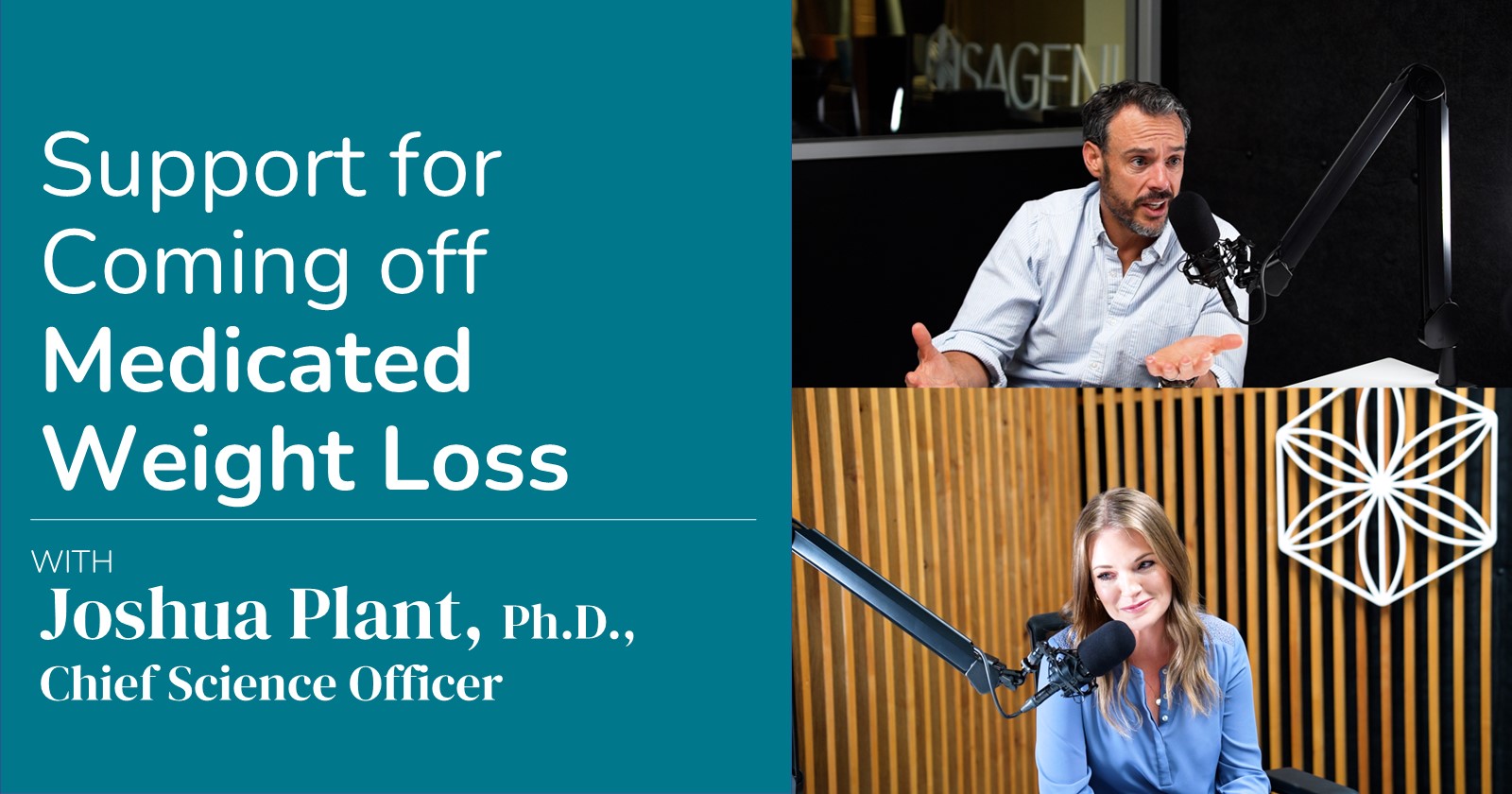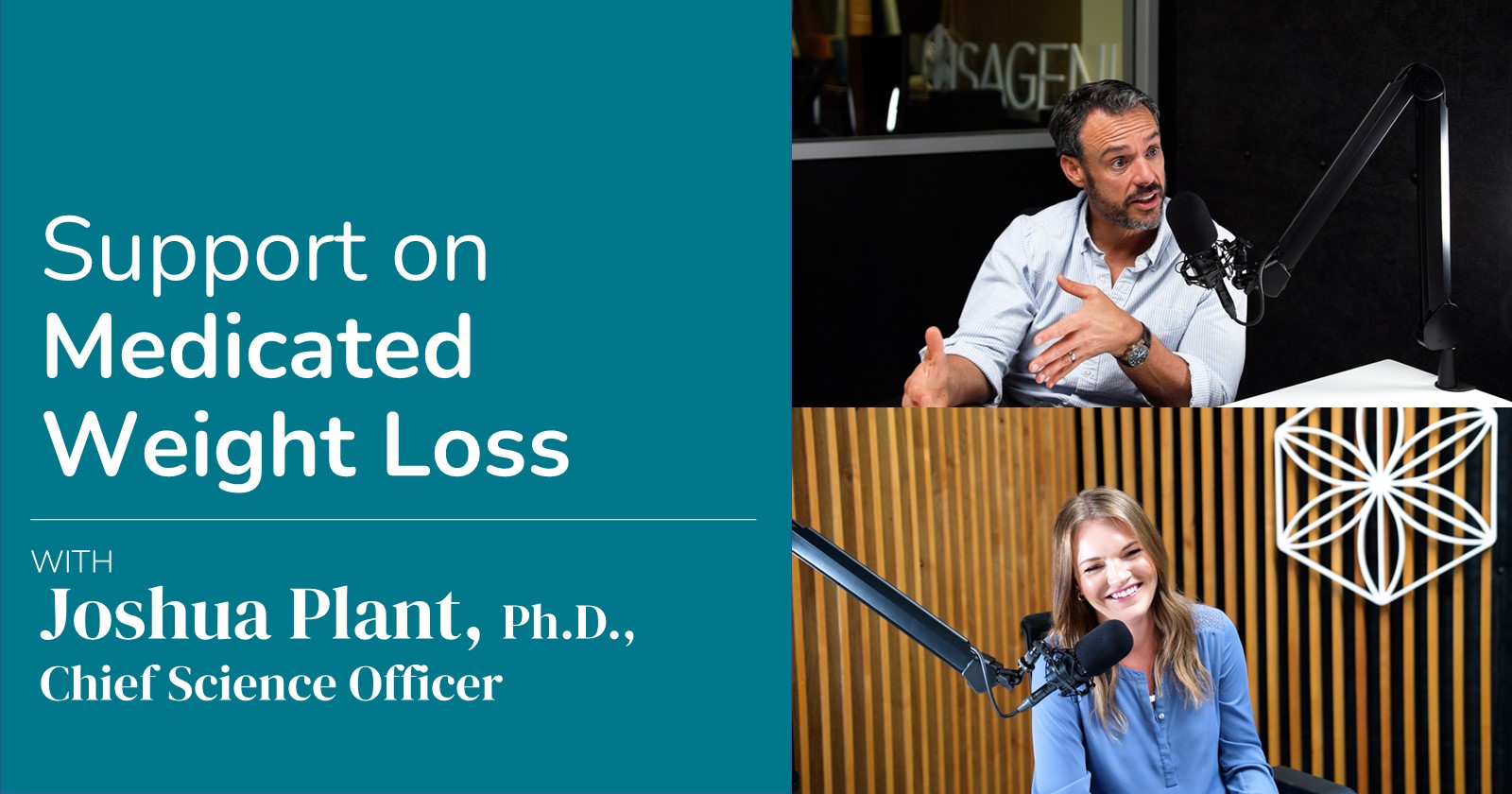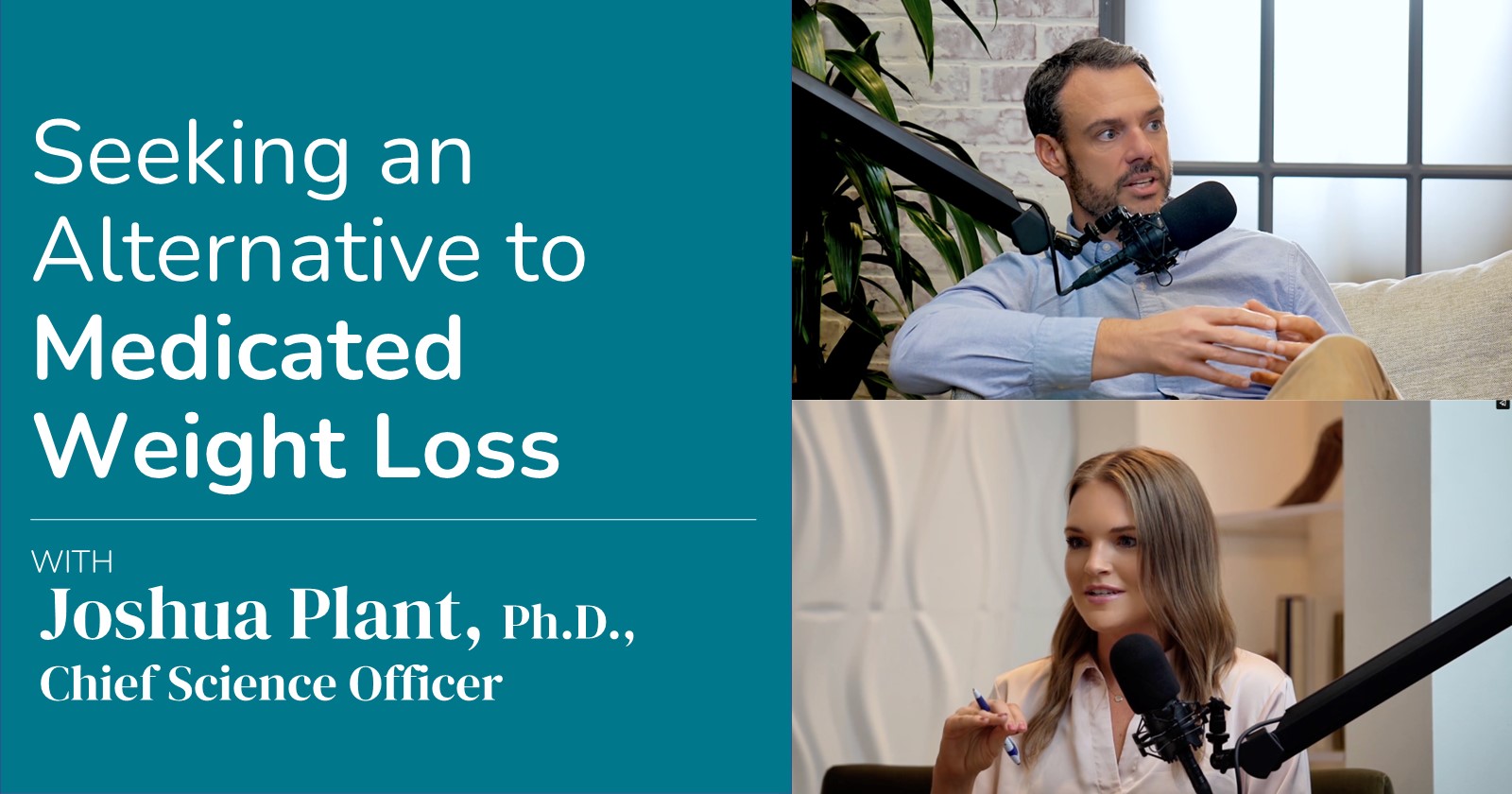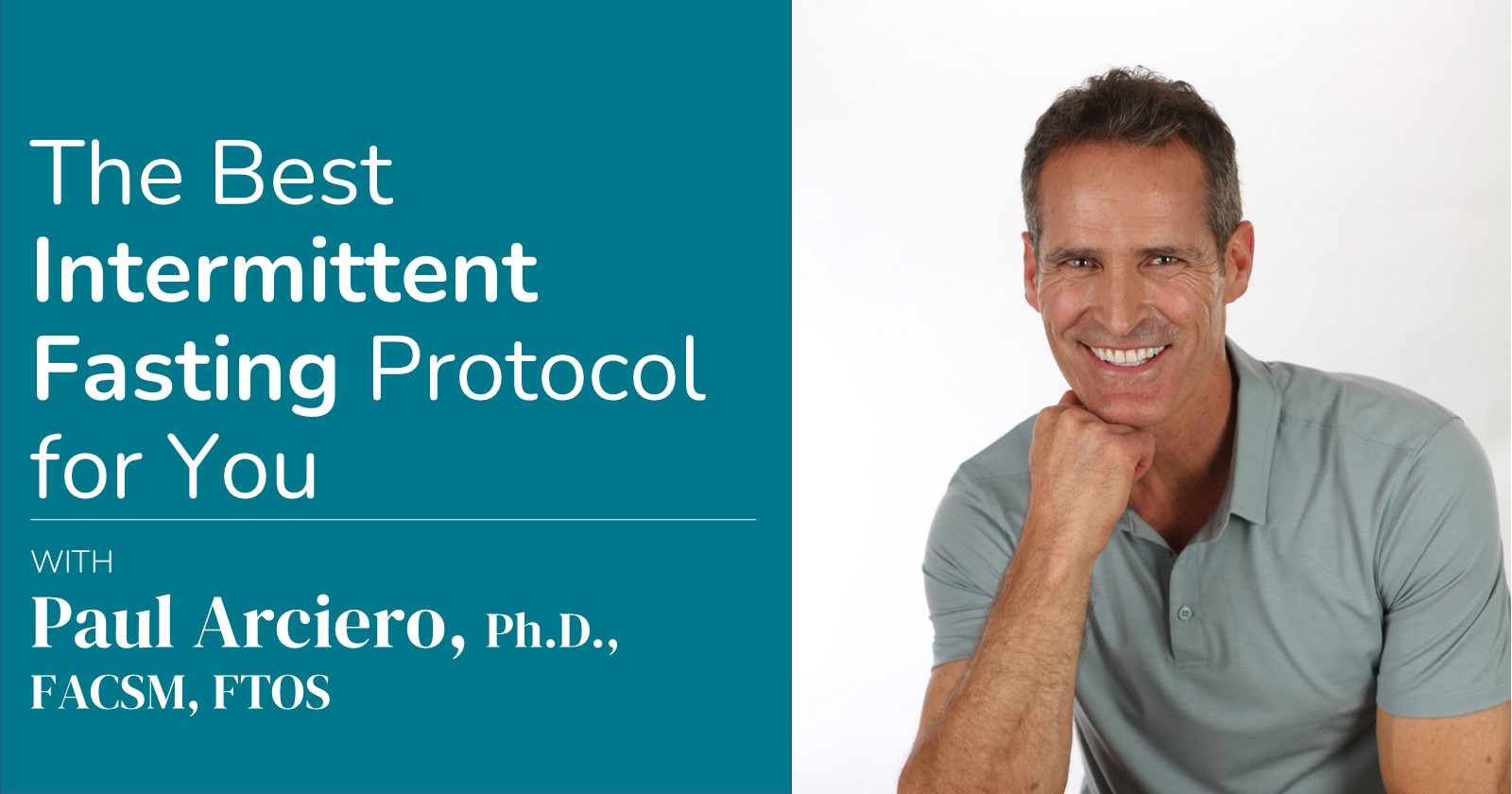Imagine for a moment that you have x-ray vision and can see through skin viewing the insides of the people around you. Yes, we understand that’s a little gross, but bear with us. With x-ray vision, you could see people’s hearts, blood circulating through arteries, and the intricate strands of fibrous proteins making up the muscles in these folks. You’d also see people’s liver, gall bladders and intestines. And finally, you’d see a hidden type of fat- visceral fat- which has accumulated within and around these internal organs.
Unlike subcutaneous fat (the type of fat you can pinch), visceral fat is not immediately noticeable and that can make it more dangerous. Having excess subcutaneous fat may be a problem in itself, but the slow accumulation of visceral fat is deadly in ways that subcutaneous is not.
The danger of excess visceral fat is due to its metabolically active nature. Visceral fat secretes a variety of inflammatory proteins hormones and related compounds that can set you off on a path toward chronic disease (1).
How does one begin to accumulate visceral fat? Well, although everyone needs some fat to cushion internal organs and to provide a reservoir of stored energy, a sedentary lifestyle combined with overeating and the aging process itself, are the main contributing factors for visceral fat accumulation. Genetics plays a role too; for example, studies have found Asian populations to be more prone to increased visceral fat despite their lower body weight (2). Not surprisingly, the accumulation of visceral fat usually occurs in coordination with increases in total body fat and a reduction in energy-burning muscle mass.
Battling the visceral bulge
The good news is that chronic disease-causing excesses of visceral fat can be managed and even prevented. Losing weight and adopting an exercise program should be priority No. 1. Age-old advice to “eat less, move more” can help target visceral fat. A diet rich in high-protein and high-fiber foods in conjunction with a lifestyle that incorporates regular aerobic exercise (at least three times a week), has been clinically shown to significantly reduce visceral fat (3, 4). However, as the statistics show, people aren’t often successful in making or maintaining these lifestyle changes.
Enter Cleanse Days and Shake Days—a science-backed dietary plan developed to reduce visceral fat, and quickly too. An Isagenix system that includes Cleanse Days and Shake Days is the ideal approach, suggests research performed at University of Illinois at Chicago (UIC).
Cleanse Days take advantage of the scientific benefits of intermittent fasting, an eating plan based on four decades of research to extend and improve quality of life, and add to that concept Cleanse for Life, an herb and nutrient-rich beverage that nourishes and helps detoxify the body. Shake Days are days consisting of two meal-replacement, high-protein-based IsaLean shakes and a third 400- to 600-calorie meal.
Through use of Magnetic Resonance Imaging (MRI)—similar to x-ray vision—the UIC researchers found that subjects who performed regular Cleanse Days along with Shake Days as part of an Isagenix system cut visceral fat by an average of 1½ pounds (that’s quite a lot) in just eight weeks (5). Moreover, Isagenix “Cleansers” lost twice as much visceral fat (and more body fat overall; an average of 8 pounds) in comparison to study subjects who consumed a reduced-calorie, food-based diet that was designed to be “heart healthy” by physicians. To be certain they were comparing apples to apples, both groups of subjects—whether on the Isagenix system or the heart healthy diet—were matched in terms of caloric intake. The heart-healthy diet group also performed Cleanse Days with a placebo juice.
Not sure if you have excess visceral fat? Although it may not be noticeable, there are factors hinting toward its presence—such as a large waist circumference, a high percentage of body fat, or if eating an unhealthy diet or live a sedentary lifestyle (averaging less than two hours a day of exercise).
How to fight back? The solution is easy: Exercise, consume fewer calories, follow a clinically-validated nutritional program such as Isagenix that works!
References
- Britton KA, Massaro JM, Murabito JM, Kreger BE, Hoffmann U, Fox CS. Body fat distribution, incident cardiovascular disease, cancer, and all-cause mortality. J Am Coll Cardiol 2013;62:921-5.
- Ma RC, Chan JC. Type 2 diabetes in East Asians: similarities and differences with populations in Europe and the United States. Ann N Y Acad Sci 2013;1281:64-91.
- Johnson NA, et al. Aerobic exercise training reduces hepatic and visceral lipids in obese individuals without weight loss. Hepatology 2009;50:1105-12.
- Hairston KG, et al. Lifestyle Factors and 5-Year Abdominal Fat Accumulation in a Minority Cohort: The IRAS Family Study. Obesity 2011 Jun 16.
- Klempel MC, Kroeger CM, Bhutani S, Trepanowski JF, Varady KA. Intermittent fasting combined with calorie restriction is effective for weight loss and cardio-protection in obese women. Nutr J 2012;11:98.






